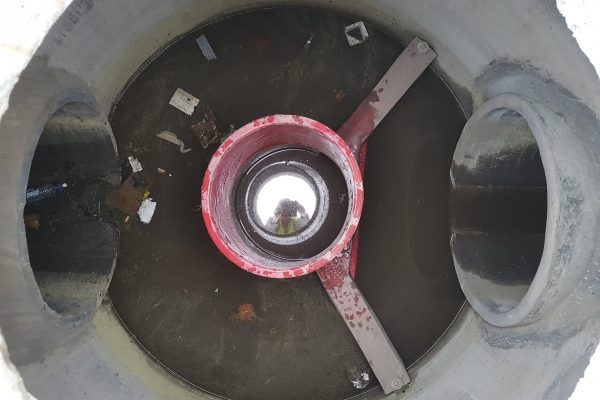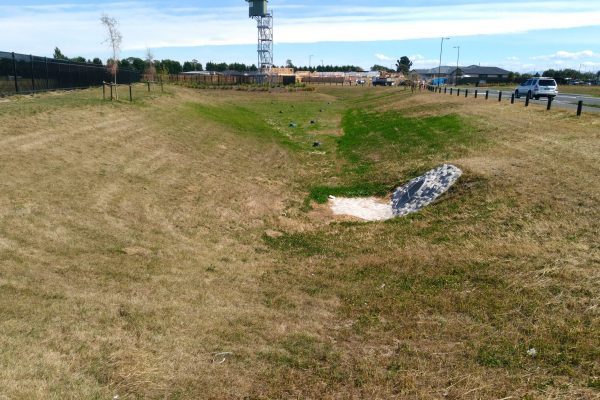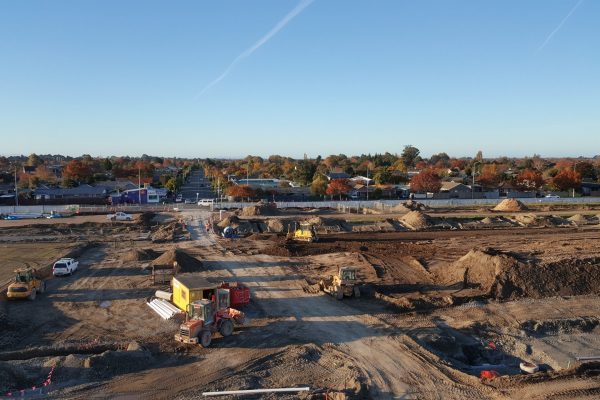The inclusion of Gross Pollutant Traps (GPT) into the stormwater network is driven largely by the increasing global disdain for plastics and the society's growing understanding of the link between urban stormwater runoff and marine pollution.
They are often integrated into a stormwater treatment train to relieve the burden on downstream filters or infiltration basins.
Hydrodynamic Separators are a well-defined advanced type of GPT that are designed to maximise the principles of vortex-enhanced gravity separation in a manner that captures (and just as importantly retains) pollutants. Pollutants such as nutrients, heavy metals, bacteria and toxic chemicals flushed into the stormwater network are known to geochemically bind to this size fraction of sediment.
The First Defense High Capacity (FDHC) is fabricated with durable High-Density Polyethylene, is self-activating, has no moving parts and no external power requirement. No manual procedures are required to operate the unit and maintenance is limited to monitoring accumulations of stored pollutants and periodic clean-outs. The FDHC is an advanced HDS that not only removes visible trash from stormwater runoff, but sediment of a particle size finer than traditionally expected
Karamū Riccarton Park is a recently completed residential subdivision in Christchurch with Stage 1 comprising 7.5ha. Hynds supplied a 1.8m FDHC stormwater device sized to pre-treat stormwater prior to discharging into a dry detention basin. A study was carried out to assess the particle size distribution of sediment in the sump.
The results reveal that over a 12-month period since the FDHC’s installation, it had captured 70% sand (64 — 200 microns), 27% silt (2 — 63 microns) and 2% clay (0 — 2 microns). Notably, 27% of the sample was below 63 microns which is considered finer than what most GPTs traditionally are expected to capture.
Installation of an HDS device such as an FDHC prior to a stormwater detention basin can be an economical and effective stormwater treatment option. By capturing the sediment in the FDHC; many of the contaminants are prevented from residing in the detention basin sediment and potentially leaching into shallow aquifers resulting in higher disposal and remedial costs.






